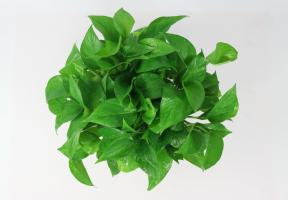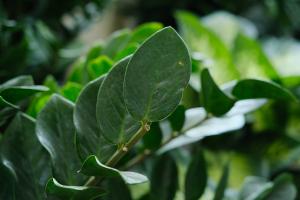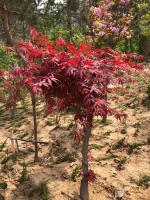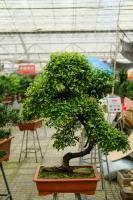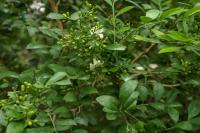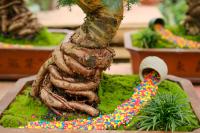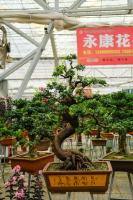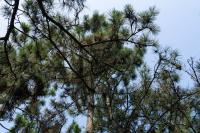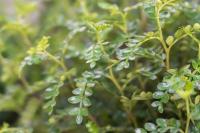Selection of types:
If you want to see the pile, you can take the plants with luxuriant branches and leaves. It is best to choose the species with tortuous stems and small leaves, but more prosperous flowers and rich fruits. For example: Pyracantha fortunei, Nantian bamboo, ten meridians, Elaeagnus Elaeagnus, Chinan, oak, bird not sleeping, etc. These are evergreen varieties in four seasons
There are also deciduous varieties: wisteria, Langyu, Xiaoye anzhen, triangular maple, crape myrtle, sparrow plum, bayberry, spear, etc. deciduous varieties are also divided into winter and spring, and their stumps are suitable for bonsai
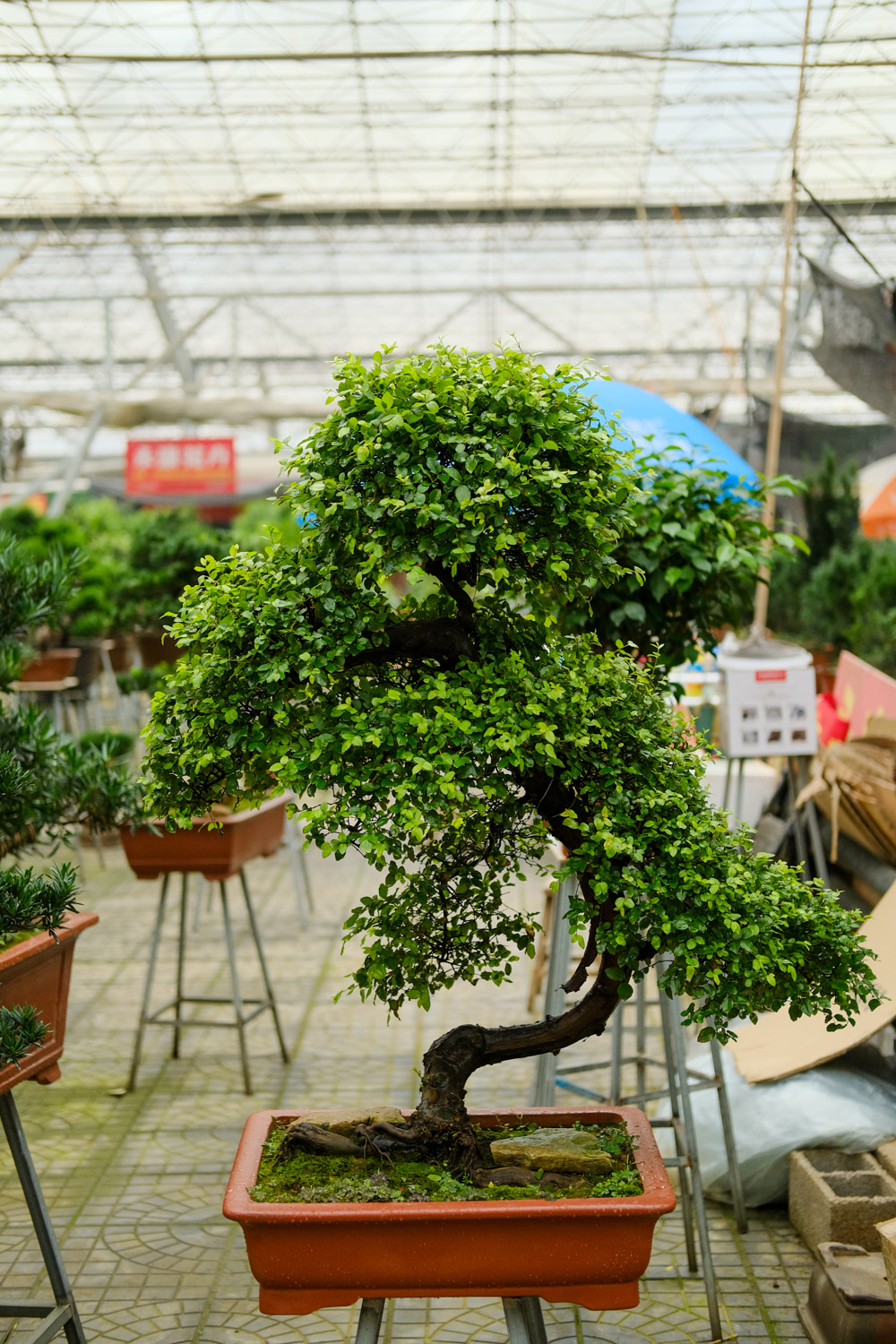
Selection of vitality:
How to see whether the vitality of the stump is tenacious? First start with its bark, and cut the bark of the stump with a knife. It is green inside, and there are small water droplets seeping outward; When looking at the branches, you can bend them slightly, which is resistant to bending, or you can obviously feel that they have strong moisture after breaking; Finally, looking at the root, there are also small water droplets seeping out after cutting. Such a stump is very suitable for bonsai
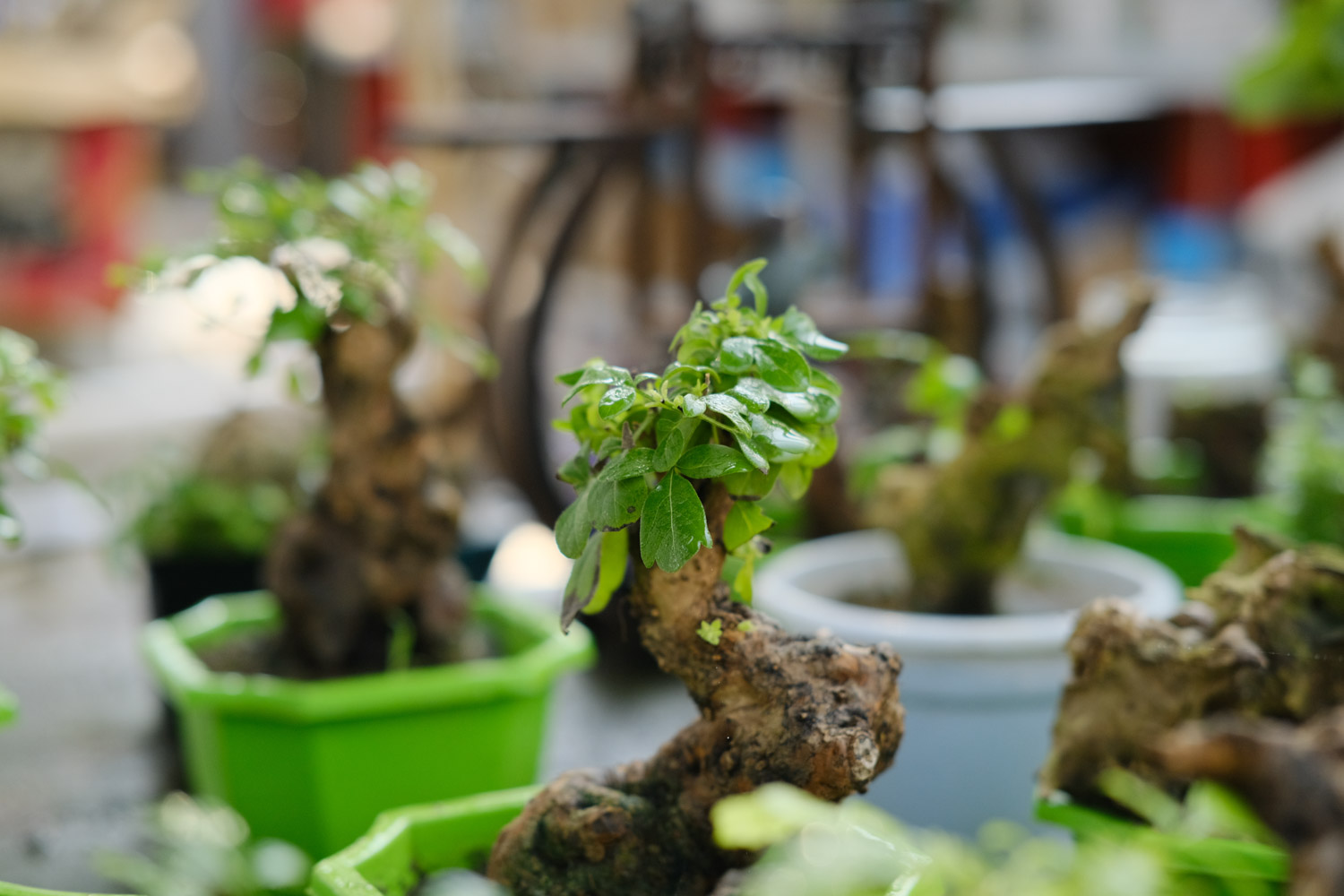
Selection of shape:
First of all, it should have a strong shape and a straight posture. The whole plant has a smooth rise, and there are many thin roots. Its leaves are also broad and thick, with obvious luster. The rise arrangement of its branches should also be in a certain order. There is no need for additional truncation and binding. Only a little pruning can create a natural tree shape, which is suitable for stump bonsai
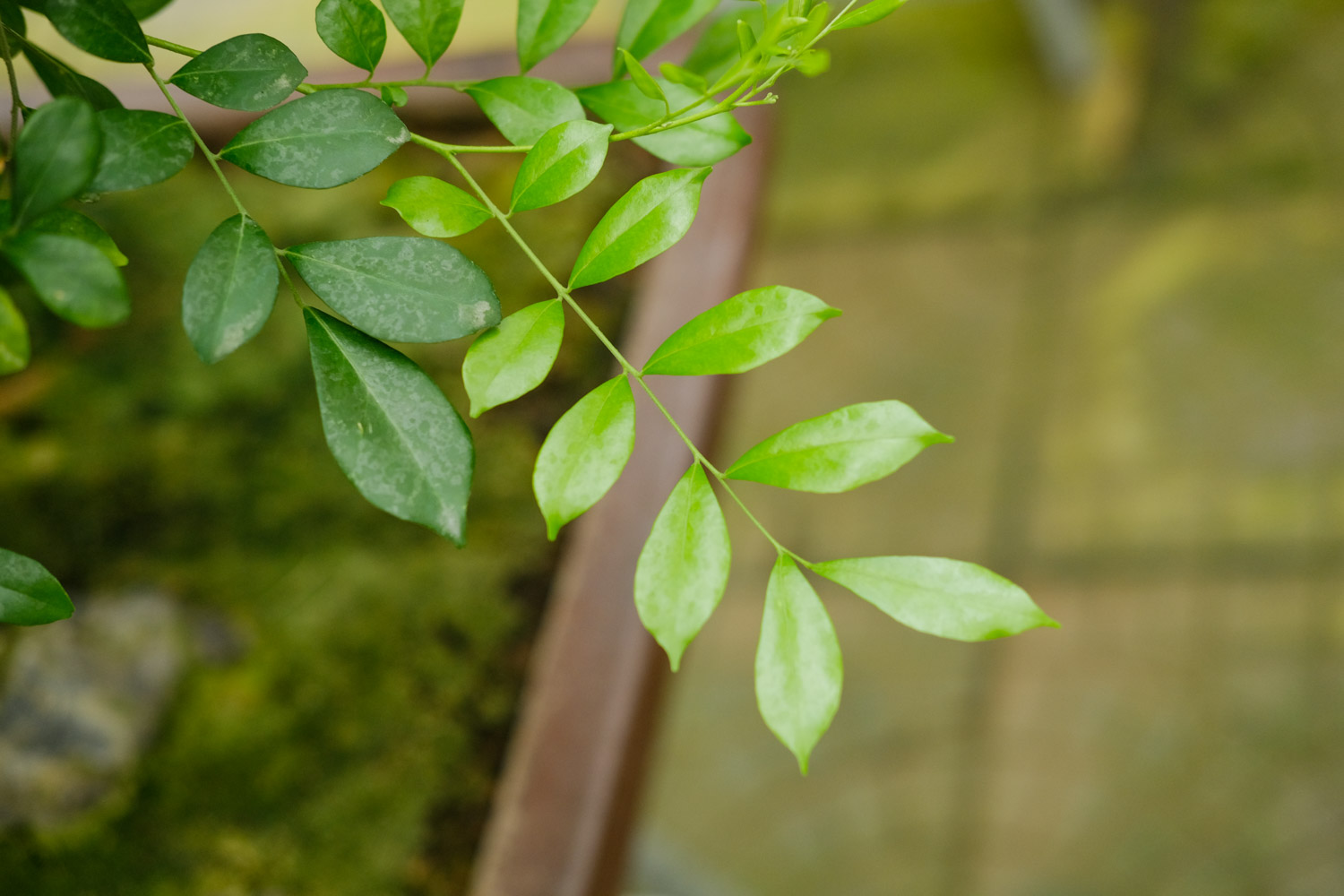
Precautions:
During the maintenance of stump bonsai, it is particularly important to pay attention to watering. The way of watering is not just the root. The watering of leaves is also very important. It is best to choose plants with relatively small leaves as bonsai, so as not to be out of proportion
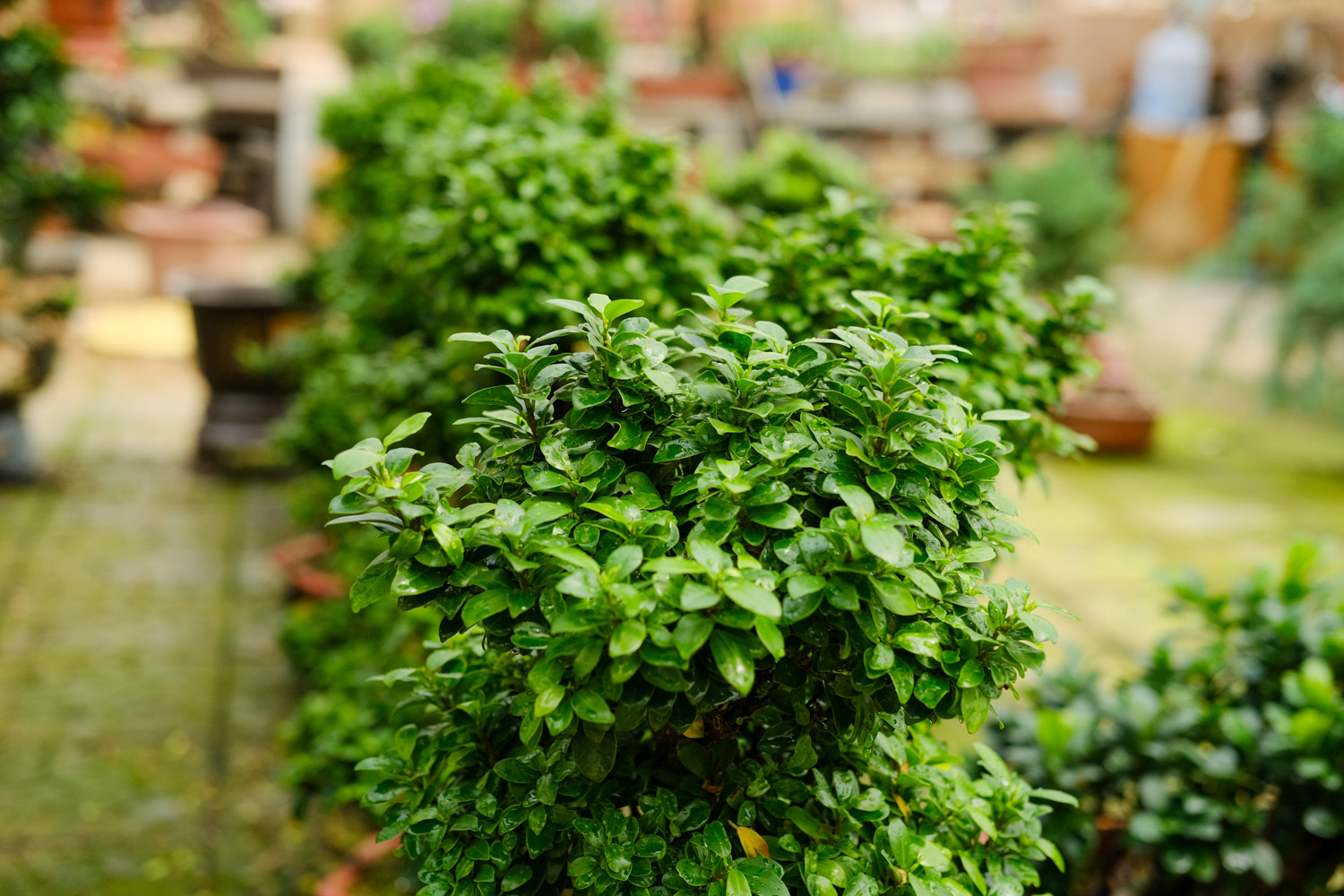

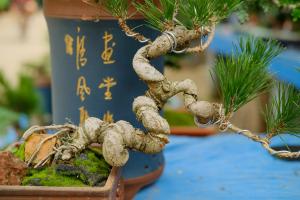 Common species of pi...
Common species of pi... How to make purple b...
How to make purple b...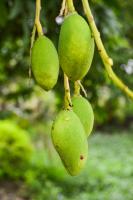 How to raise mango b...
How to raise mango b...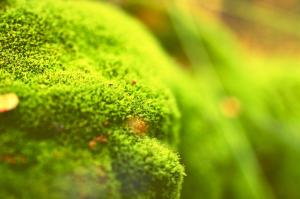 How to water the pot...
How to water the pot...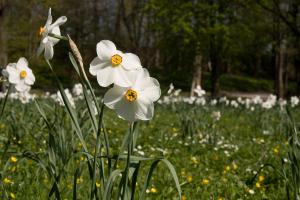 How to make miniatur...
How to make miniatur...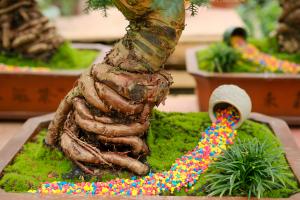 How to maintain Aust...
How to maintain Aust...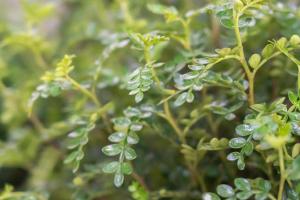 Cultivation method o...
Cultivation method o...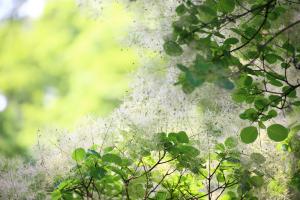 How to maintain the ...
How to maintain the ...
